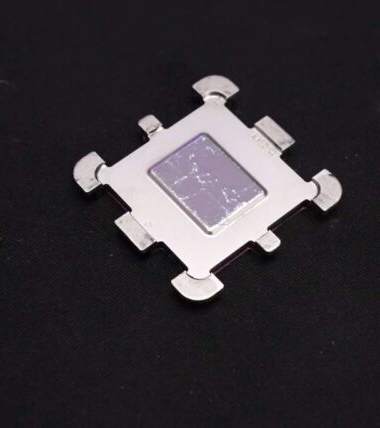The new Ryzen 7 8700G from AMD gave overclockers Pieter “SkatterBencher” Plaisier and Roman “Der8auer” Hartung some progress. For Skatterbencher, the emphasis was on maximizing the Radeon 780M integrated graphics processor (iGPU) within the Chipset.
The reason that GPU sounds familiar is that the Ryzen 7000 Mobile series processors and the Ryzen Z1 SoC, which was developed mainly for gaming handheld consoles and is presently found in products like the ASUS ROG Ally and Lenovo Legion Go, both have the same iGPU. Though it is based on TSMC’s more power-efficient 4nm process node, the Radeon 780M in the 8700G has a default boost clock of 2.9GHz on paper. Oh, and it has FSR support as well.
The Radeon 780M in the 8700G was able to reach 3.3GHz thanks to SkatterBencher, but it should be noted that you can only overclock it to 3.15GHz—a 50MHz increase—using the Precision Boost Overdrive (PBO) feature of the chipset alone. Here, they only adjusted the voltage to 1.25V.
SkatterBencher regrettably did not release the overclocking results of the 8700G and its iGPU operating at 3.3GHz. Instead, the company released the results of operating the latter at 3.15GHz, with the AI Benchmark displaying the highest score.
Famous German overclocker Team Der8auer took off the 8700G’s lid, cleaned the original Thermal Interface Material (TIM), and put a fresh, clean layer of liquid metal in its place. Considering that it employs thermal compound rather than solder, as other Ryzen CPUs do, it appears to have been simpler to use than the others.
Additional parameters included manually configuring every core to operate at 5GHz. The 8700G ultimately ran at 60°C, which was 20°C colder than the temperature prior to Der8auer removing the lid and substituting liquid metal for the thermal compound.





